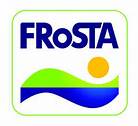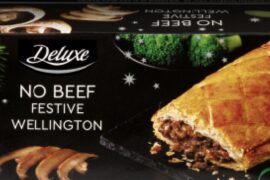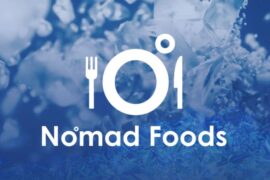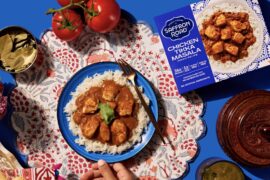Bremerhaven, Germany-headquartered FRoSTA AG on August 1 reported impressive sales and profits during the first half of 2014. The company, which produces and markets frozen fish and seafood, vegetables, fruits, ready meals and side dishes, rang up revenues of EUR 205.4 million (+6.3% year-to-year) and posted a pre-tax profit of EUR 11.3 million (+63.76%) over the six-month period.
FRoSTA noted that brand product sales rose 20.4%, while its private label “Copack” business grew at a slower rate of 2.4%. However, at EUR 128.1 million, Copack unit turnover (which includes catering as well as industrial accounts) represented more than 62% of total sales. Furthermore, operating margin of EUR 5.6 million was up a whopping 88.4%.
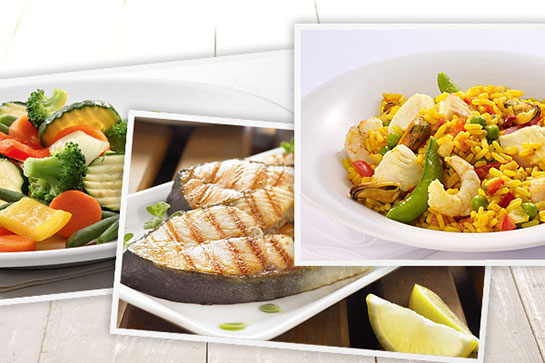
This marks 18 months of solid performance for FRoSTA, which turned the corner in 2013 after several difficult years of falling revenues and profits. Sales rose by 2% that year to EUR 386 million, and profits of EUR 15.9 million (compared with EUR 8.3 million the year before), were almost as high as during the boom years of 2007-09.
FRoSTA, which produces a wide range of products from three factories in Germany and at a fourth plant in Poland, employs more than 1,500 people. Its product line is sold in most European markets, and exports are on the rise. Receipts for sales outside of Germany rose 8.9% to EUR 88.8 million year-to-year, with operating profits skyrocketing almost 95% to EUR 7.3 million, the company reported on August 1.
“In the tenth year since the launch of the FRoSTA Purity Command [known as Reinheitsgebot in German, this refers to a production policy which has zero tolerance for artificial or unnatural food ingredients], turnover in Germany grew exceptionally well by 6.8%, noted CEO Felix Ahlers in the company’s 2013 Annual Report. “The re-introduction of a FRoSTA fish range was particularly successful. This dynamic development is continuing in 2014 and still is the subject of an intensive advertising campaign.”
“Another very welcome development was the clear reduction in our operating costs. This contributed greatly to the improved overall result,” added Ahlers. “We will continue to work hard on productivity and cost improvements. This in turn will allow us to make long-term investments in our brand and in state-of-the-art technology.”

